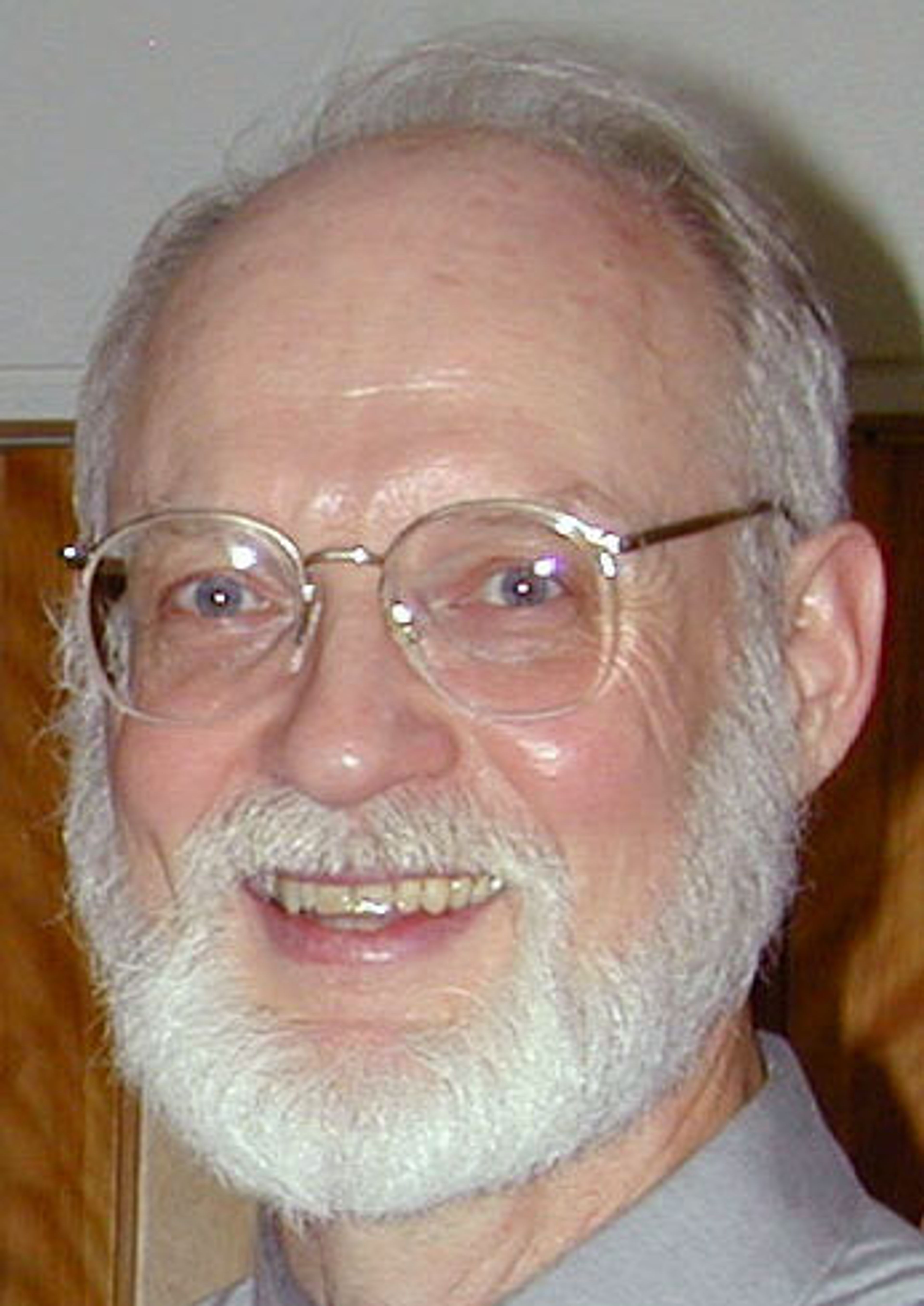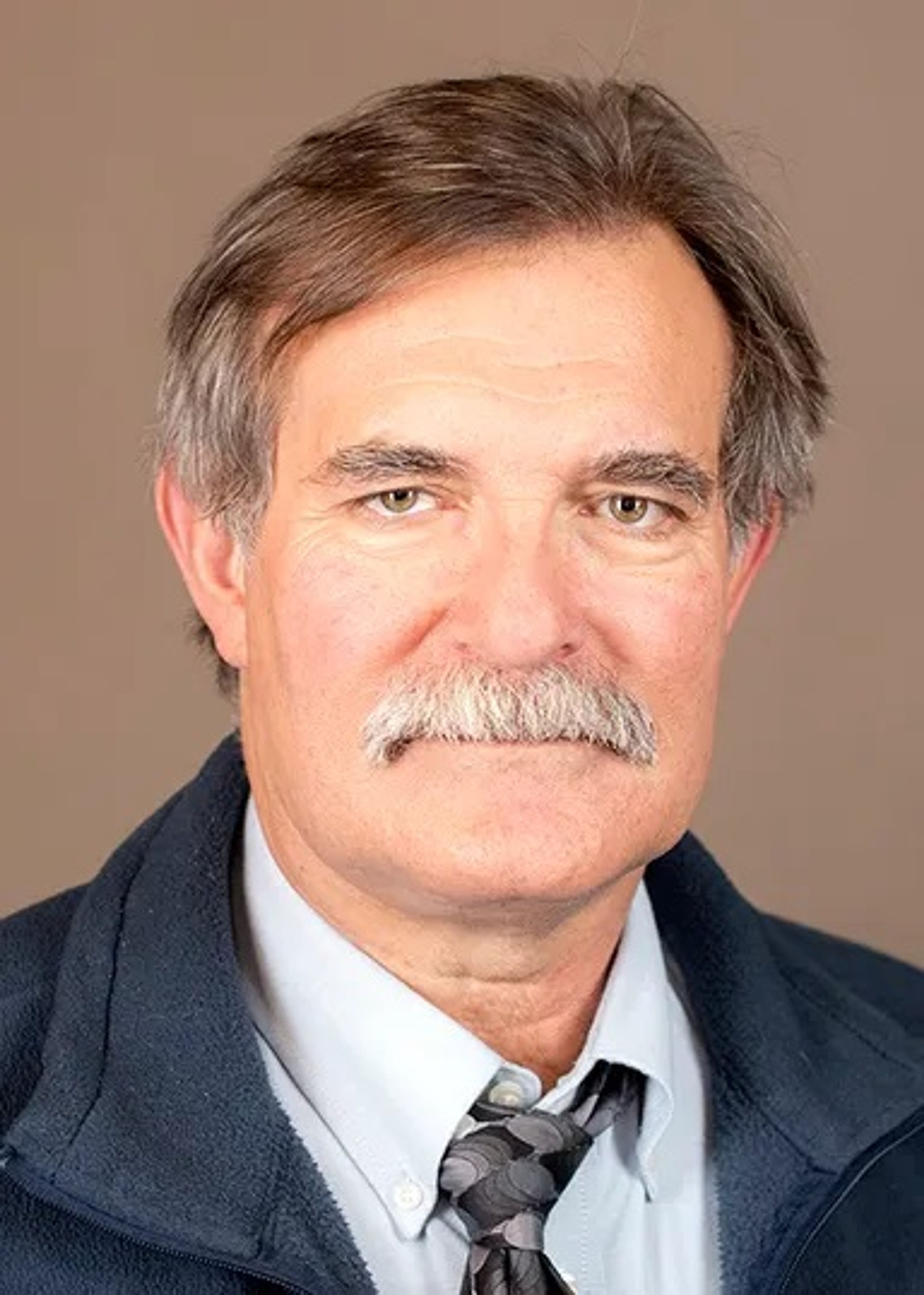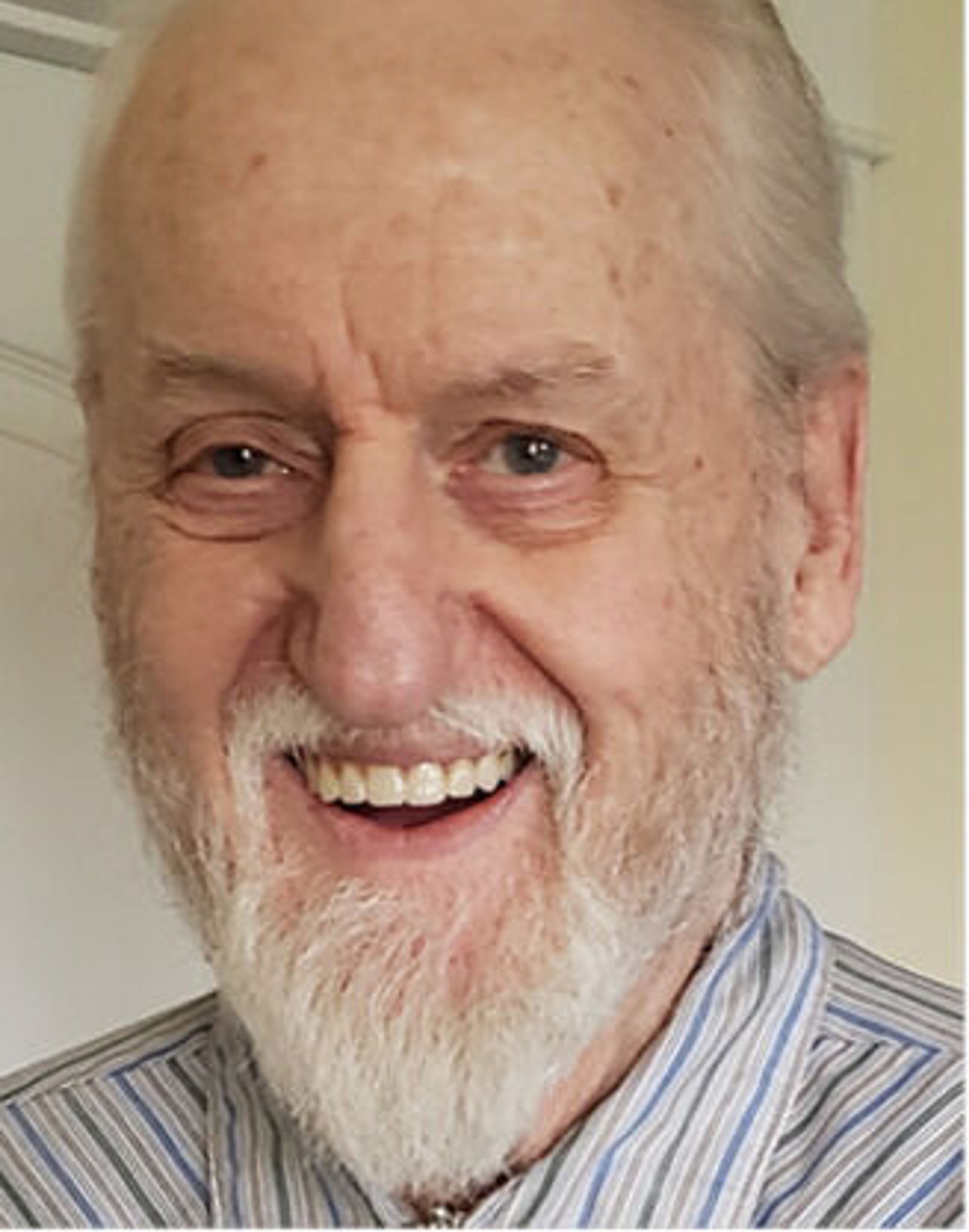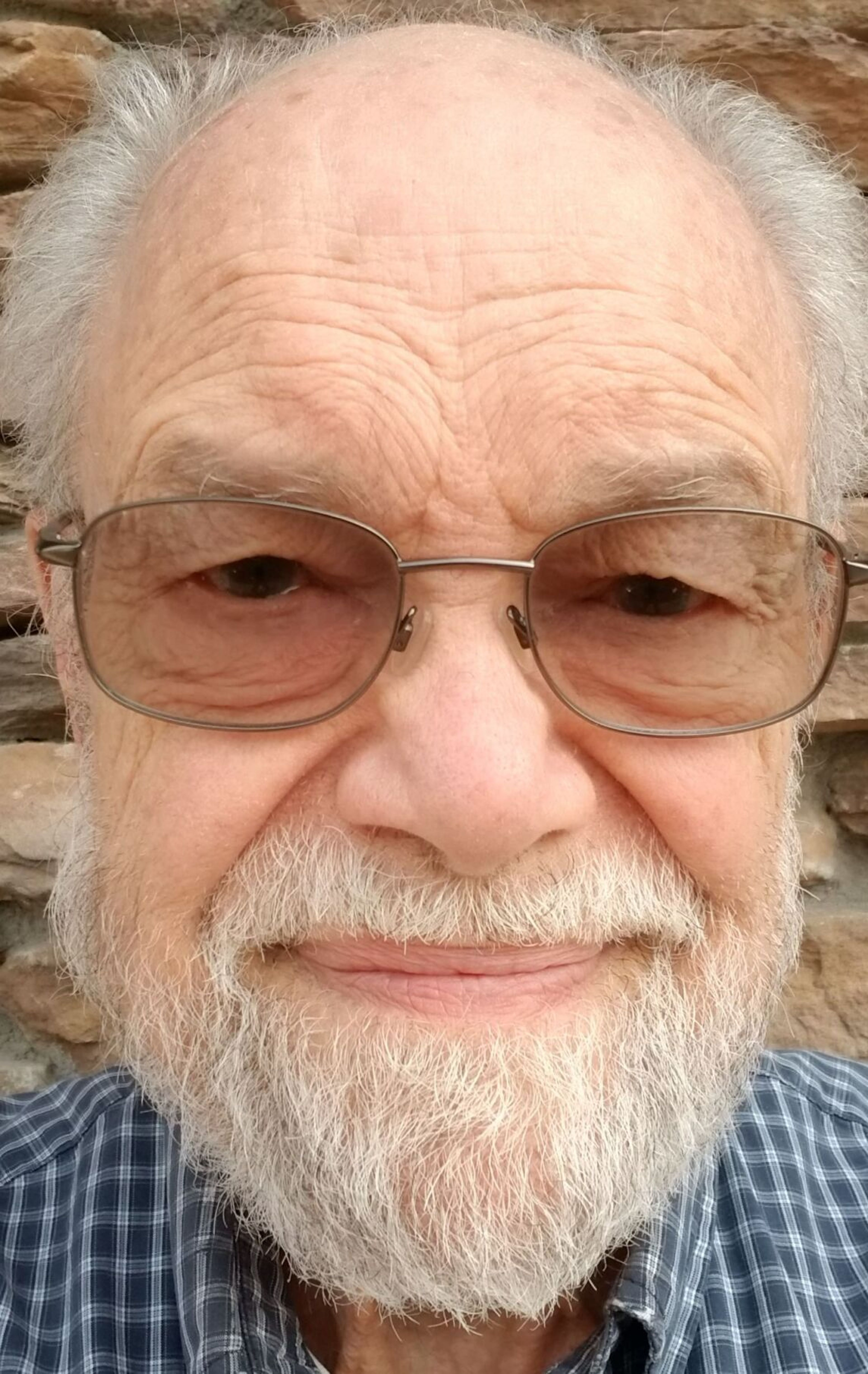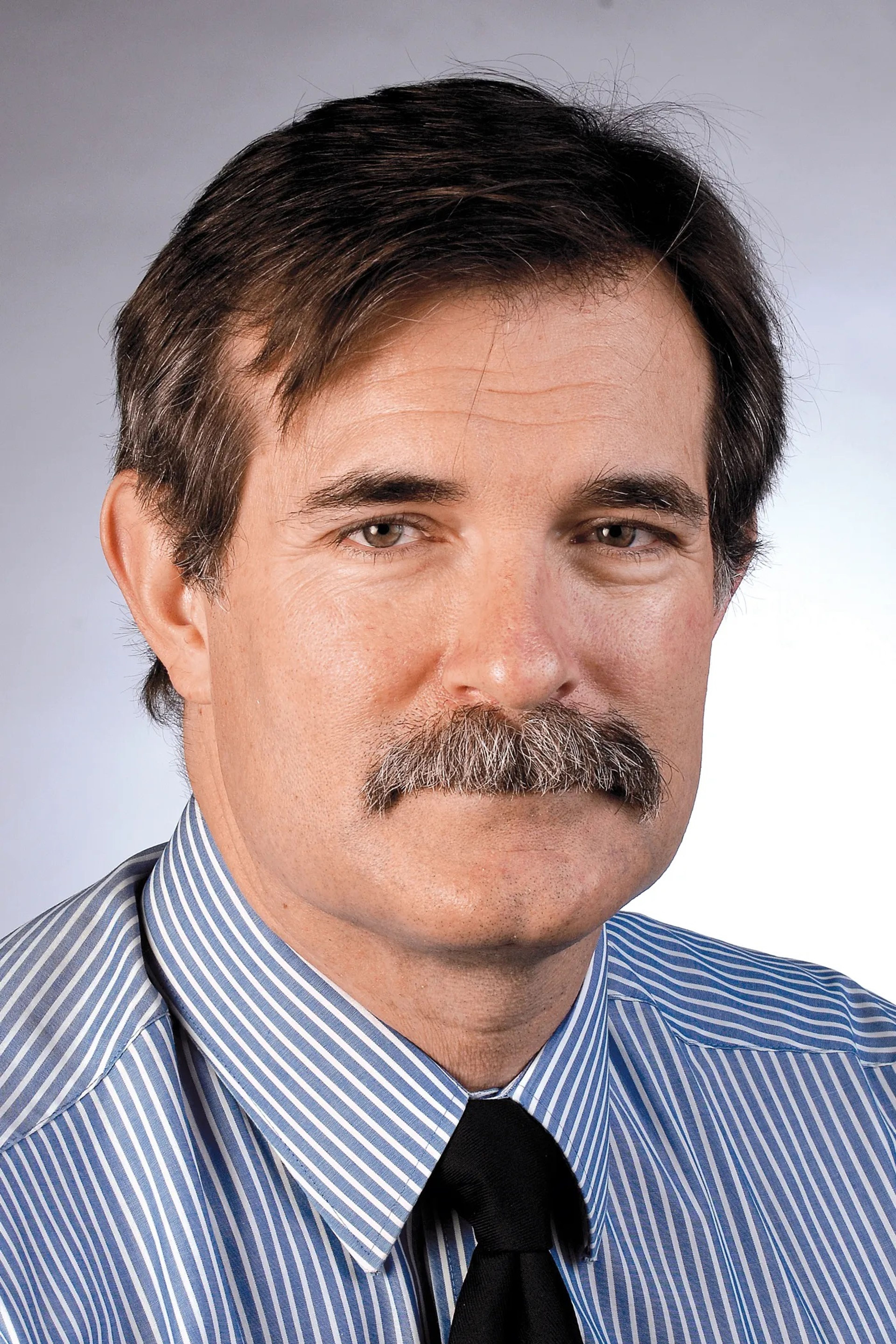I am feeling a bit envious. Actually a lot. I just returned from a trip to Indiana where my son goes to school. One day we got into his car and drove to Columbus, a small town in the same state, known for its large collection of modernist architecture and a charming downtown. I had studied it briefly as an undergrad and seen pictures but never been. Now, only an hour and a half away, I thought it was time.
And I am glad I went. Of interest were comparisons with Pullman, a town of similar size and beginnings as Columbus but of a vastly different reputation. Where Columbus is rated sixth in the nation for innovations in architecture by the American Institute of Architects, right behind the likes of New York and Boston, Pullman does not even appear on the same map. The question is, of course, why? Why would a town similarly in the middle of nowhere as Pullman suddenly becomes the hotbed of architectural greatness? If anything, the accolades should run the other direction. Columbus has neither beautiful rolling hills nor a major university nearby. What is going on?
The answer is complex but boils down to the enlightened mind of one man named Irwin Miller. His great-uncle had cofounded the Cummins engine company in Columbus back in the first decade of the 20th century, soon expanding and becoming a source of economic power across the world. The company remained productive and strong for years, but by the 1930s, it began to wane. This is when Irwin enters the picture. Having just finished college, he returns and joins the company in 1936, and within short order turns it around.
So much so that new talent was soon needed, which was great, but finding it was no easy challenge. Columbus was remote and once there, there was not much to do. Throwing money at the problem might work but Irwin knew that higher salaries would only last for so long. A better method, he thought, would be to build a dignified town and give those who came the opportunity to develop meaningful lives, including through friendships, cultural activities, spiritual feedback and more.
Good architecture was central to that promise, not merely as spectacle with which to attract the eye but as one that signifies care for values. Well designed and beautiful schools were just as important as visually provocative museums, fire stations, city halls and so on. And just because a building was not located at the center did not mean that it did not deserve equal attention as those that were, each contributing to the next and the next and so on until excellence became a natural course of action and an ethical way of life.
Irwin was a true believer. In 1957, he made a deal with Columbus and its needs for architectural services: choose from a list of great architects he had assembled, and he’d pay for their fees. Which at the commercial level isn’t little and can often mean the difference between choosing a terrible architect and a brilliant one. Impressed, the city agreed, and the rest is history, the deal soon becoming official and transacted under the umbrella of the “Cummins Foundation Architecture Program.”
Visit Columbus today and you’ll be treated to a panoply of great modernist architecture, most by some of the greatest talents of the 20th century, including Eliel Saarinen, I.M Pei, Kevin Roche, Harry Weese and more — names that may not mean much to the regular layperson, but to the world of architecture, they were and remain big. The idea, of course, was never simply to name-drop and point at iconic building by renowned architects, but to lay down the mission and vision of important architecture, including interiors, parks, playgrounds and so on.
So far so great, but what touched me the most during my visit was not the buildings per se but the decision by Irwin and the Cummins to leave the administrative and conference branch of the company in the center, seamless with the rest of downtown. Even as the company grew and needed more spaces, it stayed loyal to main street. Where many other companies like Cummins fled to the suburbs in the ’50s and ’60s, Cummins itself never budged, believing that beyond efficient spaces and parking, the company has an obligation to the town that made working there a pleasure in the first place.
Envy is often associated with unhealthy pathologies, probably something like feelings of inadequacy and resentment. But it can also be a good agent of realization, awakening in us the vision that we can do better, and not through some miracle but the very tools that lie within our hands. For all those in power, be it mayor, president or chief manager, I urge you to get out and travel, feel envious and return home with a mission to change the town for the better. I recommend starting with Columbus, Ind.
Rahmani is a professor of architecture at Washington State University where he teaches courses in design and theory.

